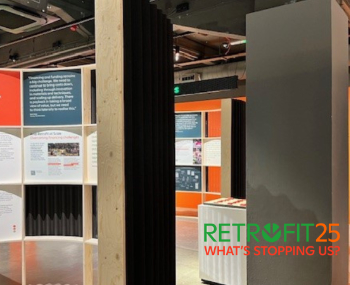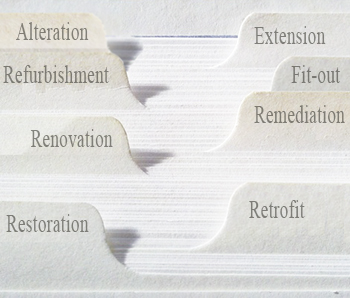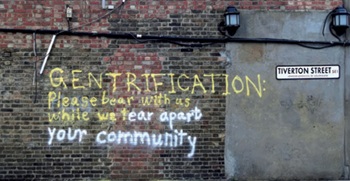Built to suit
Built-to-suit is a property term that describes a scenario in which a developer (or building owner) provides a building that is built (or refurbished) to a tenant’s exact specification. The developer finances the project and is responsible for its design, construction and completion. The developer retains ownership once the land and the building(s) are leased to the tenant.
Built-to-suit properties can range from single units to multi-building facilities. Agreements are usually made between the developer and a single tenant, although more than one tenant may be involved.
According to Savvas Kotsopoulos of law firm Miller Thomson, the arrangement between developer and tenant essentially comprises two agreements:
- A development or construction agreement, the result of a request for proposal (RFP) process, which defines the relationship between the landlord and tenant from the design through construction of the building, and
- A lease agreement which stipulates the terms of the occupancy post-construction. In some cases, the provisions regarding the construction of the building are included in the lease itself or captured in an accompanying ‘work letter’.
The construction aspect of this arrangement is usually the key issue and the most complicated, warranting close attention to the landlord’s and the tenant’s responsibilities in this regard.
Build-to-suit agreements can be highly complex, as they must encompass issues of design, construction, timing and financing and so they must be drafted carefully.
[edit] Further information
For more detailed information, see ‘Laying the Foundation for a Build-to-Suit Lease’, by Savvas Kotsopoulos of Miller Thomson. https://www.millerthomson.com/en/publications/communiques-and-updates/leasing-times/december-3-2012/laying-the-foundation-for-a-build-to-suit/
[edit] Related articles on Designing Buildings Wiki
- Break clauses in leases.
- Build to rent.
- Development appraisal.
- Feasibility studies for construction projects.
- Funding options.
- Funding prospectus.
- Ground rent.
- Housebuilder.
- Landlord and Tenant Act.
- Lease Negotiations - Tenants Checklist.
- Leasehold.
- Overbuild.
- Property development finance.
- Rent to buy.
- Speculative construction.
- Statutory declaration excluding security of tenure.
- Types of development.
- Vacant possession.
Featured articles and news
Notes of key roles and their differences.
Retrofit 25 – What's Stopping Us?
Exhibition Opens at The Building Centre.
Types of work to existing buildings
A simple circular economy wiki breakdown with further links.
A threat to the creativity that makes London special.
How can digital twins boost profitability within construction?
The smart construction dashboard, as-built data and site changes forming an accurate digital twin.
Unlocking surplus public defence land and more to speed up the delivery of housing.
The Planning and Infrastructure Bill
An outline of the bill with a mix of reactions on potential impacts from IHBC, CIEEM, CIC, ACE and EIC.
Farnborough College Unveils its Half-house for Sustainable Construction Training.
Spring Statement 2025 with reactions from industry
Confirming previously announced funding, and welfare changes amid adjusted growth forecast.
Scottish Government responds to Grenfell report
As fund for unsafe cladding assessments is launched.
CLC and BSR process map for HRB approvals
One of the initial outputs of their weekly BSR meetings.
Architects Academy at an insulation manufacturing facility
Programme of technical engagement for aspiring designers.
Building Safety Levy technical consultation response
Details of the planned levy now due in 2026.
Great British Energy install solar on school and NHS sites
200 schools and 200 NHS sites to get solar systems, as first project of the newly formed government initiative.
600 million for 60,000 more skilled construction workers
Announced by Treasury ahead of the Spring Statement.
The restoration of the novelist’s birthplace in Eastwood.
Life Critical Fire Safety External Wall System LCFS EWS
Breaking down what is meant by this now often used term.
PAC report on the Remediation of Dangerous Cladding
Recommendations on workforce, transparency, support, insurance, funding, fraud and mismanagement.
New towns, expanded settlements and housing delivery
Modular inquiry asks if new towns and expanded settlements are an effective means of delivering housing.

























